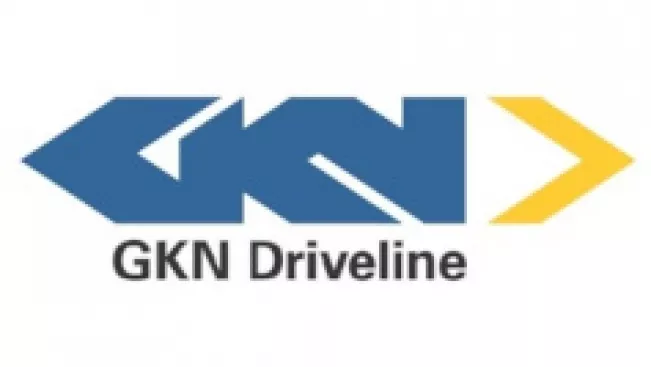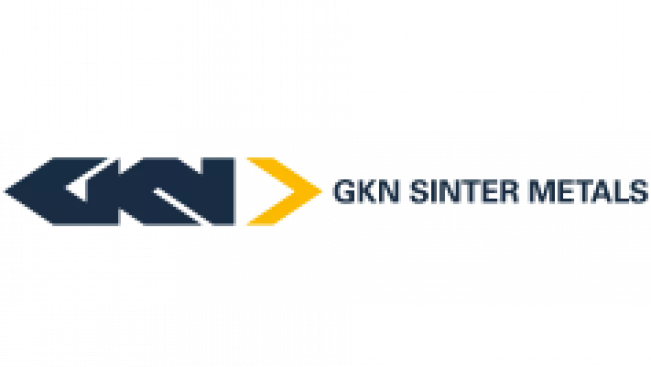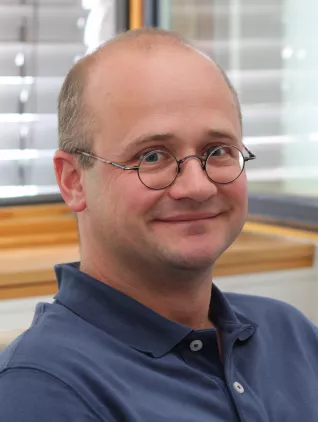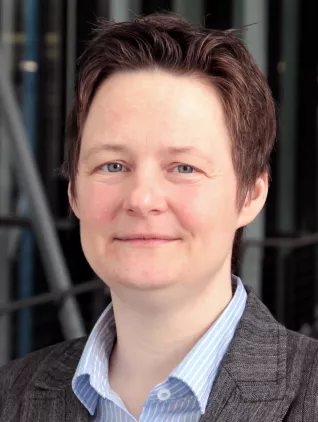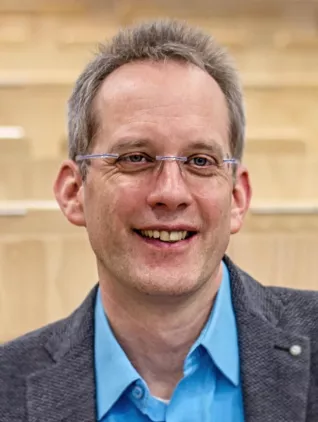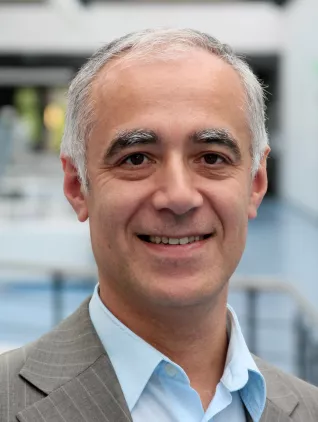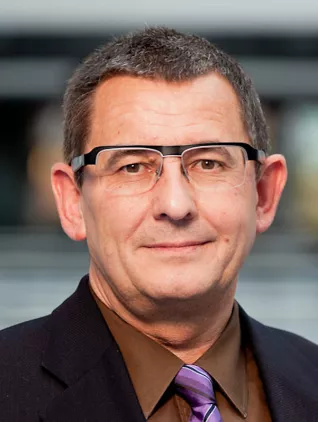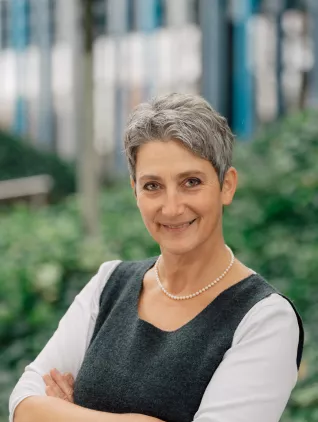TRE3L - TREE-Energy Lab
Research project at a glance
Departments and Instituts
Period
01.04.2019 to 31.03.2022
Project Description
The institute TREE operates the TREE-Energy Lab (TRE3L) in the university's Center of Applied Research (ZAF) with it's industrial partners GKN Driveline and GKN Sinter Metals. In the three sub-labs Powder Fabrication-Lab, Mobility-Lab and Hydrogen-Lab the three partners work on innovative techniques in powder metallurgy and recent topics of environment friendly mobility and energy-efficiency. These labs are supported by a Simulation-Lab.
Powder Fabrication-Lab
In the Powder FabricationLab, parts were built up slice by slice by SLM (Selective Laser Melting). The SLM technology, which belongs to the 3D printing processes, facilitates almost unlimited geometrical design possibilities. Therefore the SLM technology can be used not only for conventional designed parts but also particularly for parts with free formed surfaces. Such surfaces are common e.g. for personalised products or for biomimetic designed products.
Mobility-Lab
Smart, green and integrated transport is one of the great social challenges of our time. The transport sector is currently the only sector where emissions are still rising. At the same time, the share of resources consumed by the mobility sector is so great that it alone can prevent reaching the climate goals. In our MobilityLab, we therefore investigate innovative vehicle and drivetrain concepts. User data and driving profiles ("big data") are increasingly included in the development. The goal is always directed towards increasing efficiency.
New multidisciplinary design approaches make it possible to consider the development and optimization of individual vehicle components, which usually take place separately in the classical simulation disciplines. The simultaneous consideration of several disciplines within an optimization loop - as a coupled simulation solution - can currently only be used very seldom due to high computation times or missing interfaces.
However, if different operating strategies for safe, effective or look ahead driving strategies are to be included, the detailed behavior of the components (mechanical, electrical, electronic, mechatronic, hydraulic, pneumatic and software-based) must be considered. For this purpose interfaces between the classical simulation disciplines have to be defined and appropriate submodeling techniques have to be developed.
The goals of the Mobility-Lab are therefore
- development of a methodical toolset (design tools, simulation and optimization methods and test stands) for innovative vehicle and drive concepts
- application and verification of the toolsets at demo station examples of the project partners
- sustainability analyzes and acceptance studies of new vehicle concepts
- simulation and optimization of mobility applications (aerodynamics, powertrains, electric motors, driving strategies)
Hydrogen Lab
Hydrogen will play a key role as an energy carrier. In the Hydrogen Lab, advanced solutions for energy storage will be developed. This will include the joint construction of an H2 research facility for physical as well as virtual Experiments, in particulr for the investigation of the energy efficiency of H2 storage with a focus on metal hydrides. Technological developments will be complemented by sustainability analyses and acceptance studies.
Simulation-Lab
Simulation technology is a cross-topic activity and will support the research tasks of other technology fields, focusing on methodology and efficient use of hardware resources. New multiscale simulation methods or optimization algorithms dealing with different types of minimisation problems, for example, enable us to choose the optimum design solution from a multispace simulation result and allow us to identify optimal solutions. This can dramatically reduce the development costs and increase performance and reliability of new products and help optimize manufacturing techniques. In combination with new production techniques such as 3D printing, simulation techniques are a prerequisite for a new, integrative approach in the development and production of new products.
Cooperation partners
